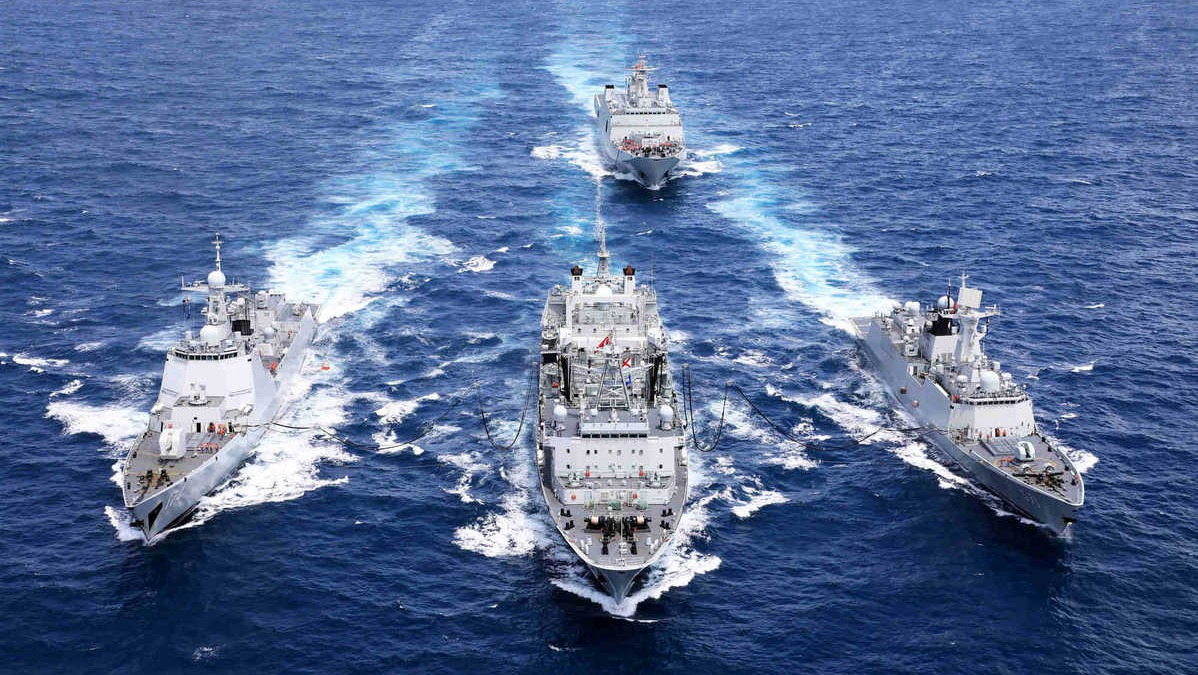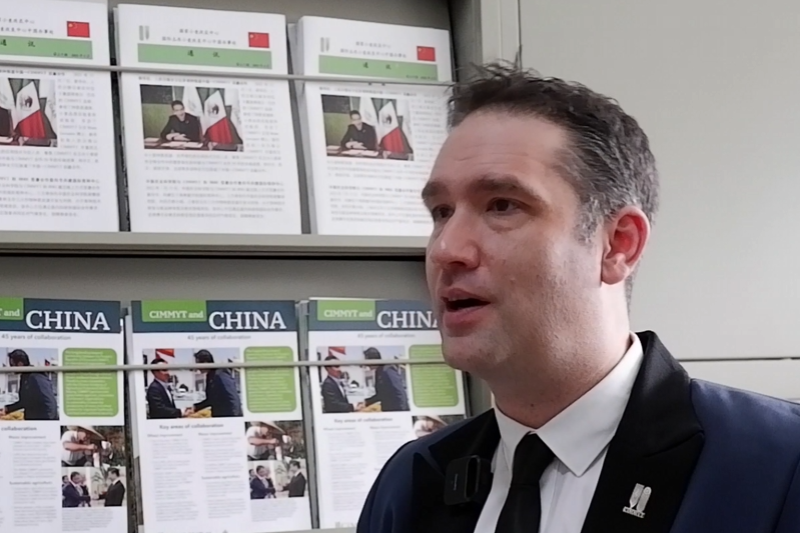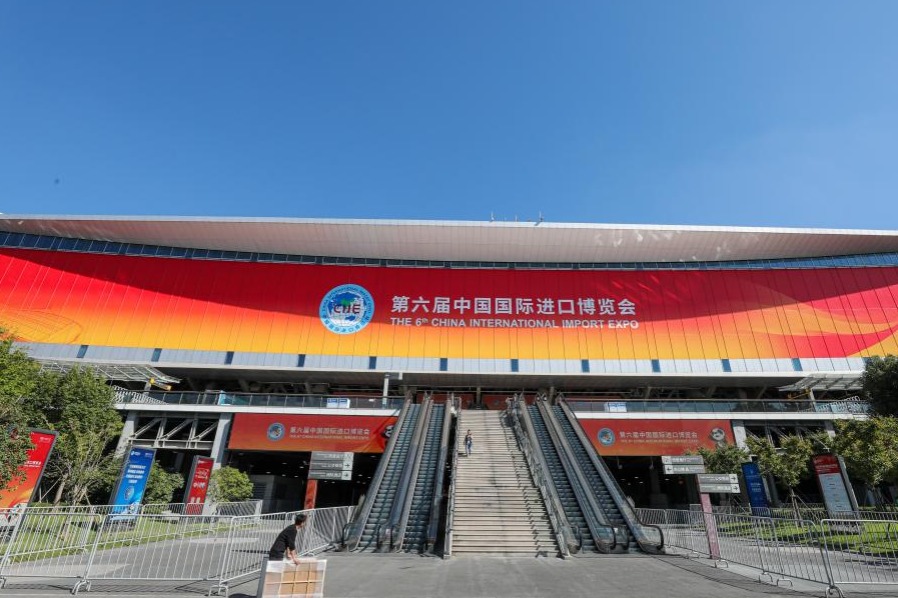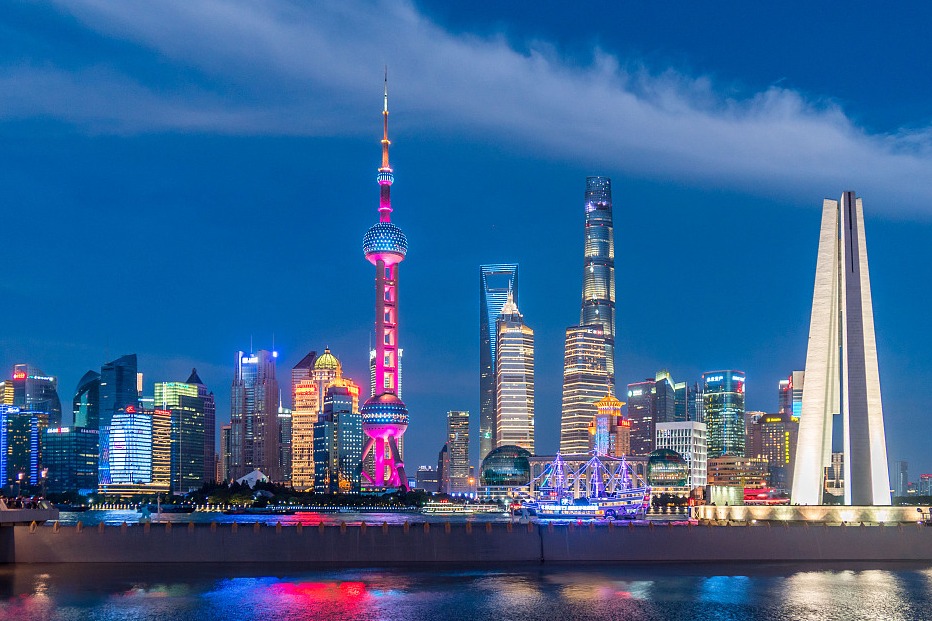Future-oriented China-US relations


With the US presidential election ushering in a change of US administration, there was much speculation about possible changes to US foreign policy and, in particular, its China policy. But it has become clear the extent to which the Biden administration is content to continue the policy of its predecessor. As a result, many people who are concerned about China-US relations are lamenting that "it is impossible to return to the past". But in my view, China-US relationship should not look to the past. The two countries should set their eyes on the future, avoid confrontation, and move their relations forward in a steady manner.
Looking back, China-US relations have suffered many setbacks since the establishment of diplomatic relations in 1979 — the Yinhe incident, the Taiwan Strait crisis, the bombing of the Chinese embassy in Belgrade, the midair collision above the South China Sea, and the USS Impeccable incident, to name but a few. However, each time dialogue and communication saved the day.
From China's perspective, from the Clinton administration, to the Bush administration and the Obama administration, the United States has never relaxed its vigilance of China. The Obama administration was particularly anxious that China might challenge the US' regional hegemony in the South China Sea. In order to ease tensions and dispel suspicions, the two countries established a defense consultation mechanism and a hotline between the two defense departments and the Code for Unplanned Encounters at Sea (CUES). They put in place mechanisms to prevent, control and manage diplomatic and military crises, such as the Strategic and Economic Dialogue and the Diplomatic and Security Dialogue. Chinese and US leaders frequently met to provide direction for the healthy development of relations between the two countries.
Obviously, these mechanisms, which worked effectively after their establishment, as well as the guidance of the leaders, played important roles in helping the two sides explore the path of peaceful coexistence through dialogue, communication, and mutual adaptation.

I personally experienced and participated in the management of the midair collision incident over the South China Sea in 2001. After the incident happened, it took only 12 days for this incident to be initially settled. China-US relations did not suffer a sharp turn after the incident, although this was partly due to the adjustment of the US global strategy after the Sept 11 terrorist attacks. However, a common understanding on de-escalation, a certain degree of mutual trust and timely dialogue and communication at the decision-making level between the two countries also played an irreplaceable role. Today, the inspiration we can draw from this is that as long as we respect the other's core interests, appreciate the other's red lines, take into account the aspirations of the two peoples, and manage differences and crises through dialogue in the spirit of cooperation, we can minimize a major disruption to our relationship between the two countries. It is for this reason that there seems to be no insurmountable obstacle between China and the US if they have the communication channels open for crisis management.
US-China relations hit hard by a confrontation mentality
Over the past four years, the Trump administration pursued a policy of unilateralism and extreme pressure in its relations with China, defining China as a "strategic rival". It proposed "economic decoupling", politicized the pandemic by calling it the "China virus", and portrayed China as increasingly assertive in its "militarization of the South China Sea" and pursuit of a "maritime empire". It launched a trade war, a technology war, and a public opinion war against China, resulting in the suspension or interruption of hundreds of dialogue and communication mechanisms between the two countries. As a result, China-US relations went into free fall and plunged to their lowest point since the establishment of diplomatic relations in 1979.
In the South China Sea, for example, the Trump administration completely abandoned Obama administrations' official position of "maintaining neutrality" and kept intensifying its air and naval military operations against China in the South China Sea. From 25 freedom of navigation operations (FONOPs) against China to more than 3,000 air sorties and 60 surface ship activities in the first half of 2020, confrontation between China and the United States in the South China Sea has become the norm. US Secretary of State Mike Pompeo's statement on July 13, 2020 announcing the US position on the South China Sea disputes was an undisguised encouragement to other claimant countries, with the clear intention of forming a united front against China. An mishap between the two countries in, on or above the waters of South China Sea is becoming a more likely probability.
Some in the US strategic community and think tanks claim that China and the US are two rival superpowers. They have fallen under the sway of the Thucydides trap and this analytical paradigm is deeply ingrained in their thinking. It is true that 40 years after the establishment of diplomatic relations, there is some change to the balance of power between China and the United States. However, anyone with a modicum of common sense and rational thinking is keenly aware that China lags considerably behind the US in economic, technological, and military terms. Moreover, the unprecedented convergence of the global economy, knowledge, and technology cannot be stopped by the anti-globalization clamored for by populists. The unprecedented level of science and technology and the labyrinth of international community are something Thucydides could not foresee more than 2,000 years ago.
At another crossroads, where next for China-US relations?
Much of the international community has placed high hopes on Biden leading the US back to multilateralism and cooperation to address the common challenges facing mankind. Countries also entertain the hope that, in its relations with China, the Biden administration will be less confrontational and more cooperative, less uncertain and more predictable, and pursue less strategic competition and more dialogue and communication.
The history of the world since the birth of the nation-state has shown time and again that relations between nations are not all about "either/or" or "life and death". China and the US cannot return to the 1970s, but full confrontation would only lead to a "lose-lose" or even an "all-lose" situation. In fact, China and the US have already been exploring a "third way" to get along over the past few decades. It is perhaps inevitable for them to compete for global influence, multilateral mechanisms, and dominance in regional security order; but cooperation is surely the right choice when it comes to issues such as trade, climate change and the response to the COVID-19 pandemic, where the interests of all countries are at stake.
In short, China-US relations are once again at a crossroad in history, and the following efforts should be made to take the right path to the future.
First, in order to foster an enabling environment for the resumption of the Strategic and Economic Dialogue and the Diplomatic and Security Dialogue, US policymakers should abandon their preference for demonizing China and reject the anti-China ideology deliberately stirred up by some politicians. At the same time, practical actions should be taken to encourage people-to-people exchanges such as academic exchanges and cooperation between Chinese and US think tanks, and remove the man-made restrictions on exchanges between universities as well as between Chinese provinces and US states.
Second, China and the United States need to restart their cooperation under the multilateral and institutional framework. The two countries can formulate joint action plans for global governance, pandemic response, economic recovery, climate change, and regional security challenges, in global or regional multilateral arrangements such as the G20, APEC and the East Asia Summit.
Third, the two countries need to make efforts to build a new type of bilateral relationship and new crisis management mechanism, and strive to establish "non-conflict, non-confrontation, mutual respect, and win-win cooperation" as the basic principle for China-US relations.
The author is president of China's National Institute for South China Sea Studies and chairman of the advisory board of the Institute for China-America Studies.
The opinions expressed here are those of the writer and do not necessarily represent the views of China Daily and China Daily website.
If you have a specific expertise and would like to contribute to China Daily, please contact us at opinion@chinadaily.com.cn, and comment@chinadaily.com.cn.








































